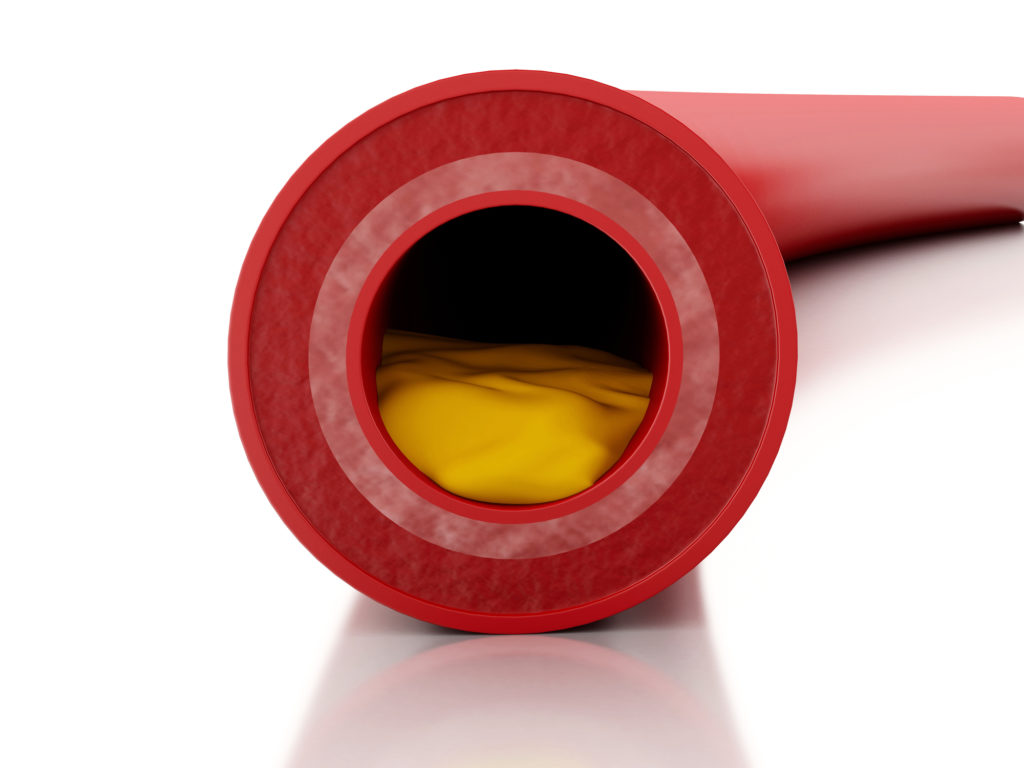Peripheral Arterial Disease
Peripheral Arterial Disease (P.A.D.) is when plaque builds in the major arteries of the legs, arms and pelvis. Stemming from the accumulation of hardened low-density lipoprotein in your circulatory system, P.A.D. can lead to numbness, pain and dangerous infections.

Plaque Basics
- Plaque is composed of fat, calcium, cholesterol and other substances found in the blood. Plaque can build up in the arteries and when this occurs, the condition is called atherosclerosis.
- Plaque reduces the blood flow to your heart muscles and narrows the arteries.
- Plaque accumulates in your arteries and prevents oxygen from reaching the heart muscle.
- Plaque can also form cracks, causing blood cells called platelets to clump together and form blood clots at the site of the cracks, increasing chances of angina or heart attack.
Plaque has many risk factors, but one of the major risk factors is an unhealthy cholesterol level. Ideally, cholesterol levels should fall within these ranges:
- Total cholesterol = Less than 200 mg/DL
- Low-density lipoprotein, (LDL or “bad” cholesterol) = Less than 100 mg/DL
- High-density lipoprotein, (HDL or “good” cholesterol) = 60 mg/DL or higher
- Triglycerides = Less than 150 mg/DL
By not maintaining the right cholesterol levels, you’re increasing the chances of P.A.D. A nutritious diet, consistent physical activity, being at your healthiest weight and not smoking are what’s needed to live free of worry over what could be going wrong in your arteries.
Don’t distress if you find your cholesterol to be on the high side. Talk to your physician to help get your cholesterol back on track. There are many options to bring your cholesterol back to a “healthy” level and your Spirit of Women hospital will work with you to figure out what positive steps are both doable and agreeable for you.
